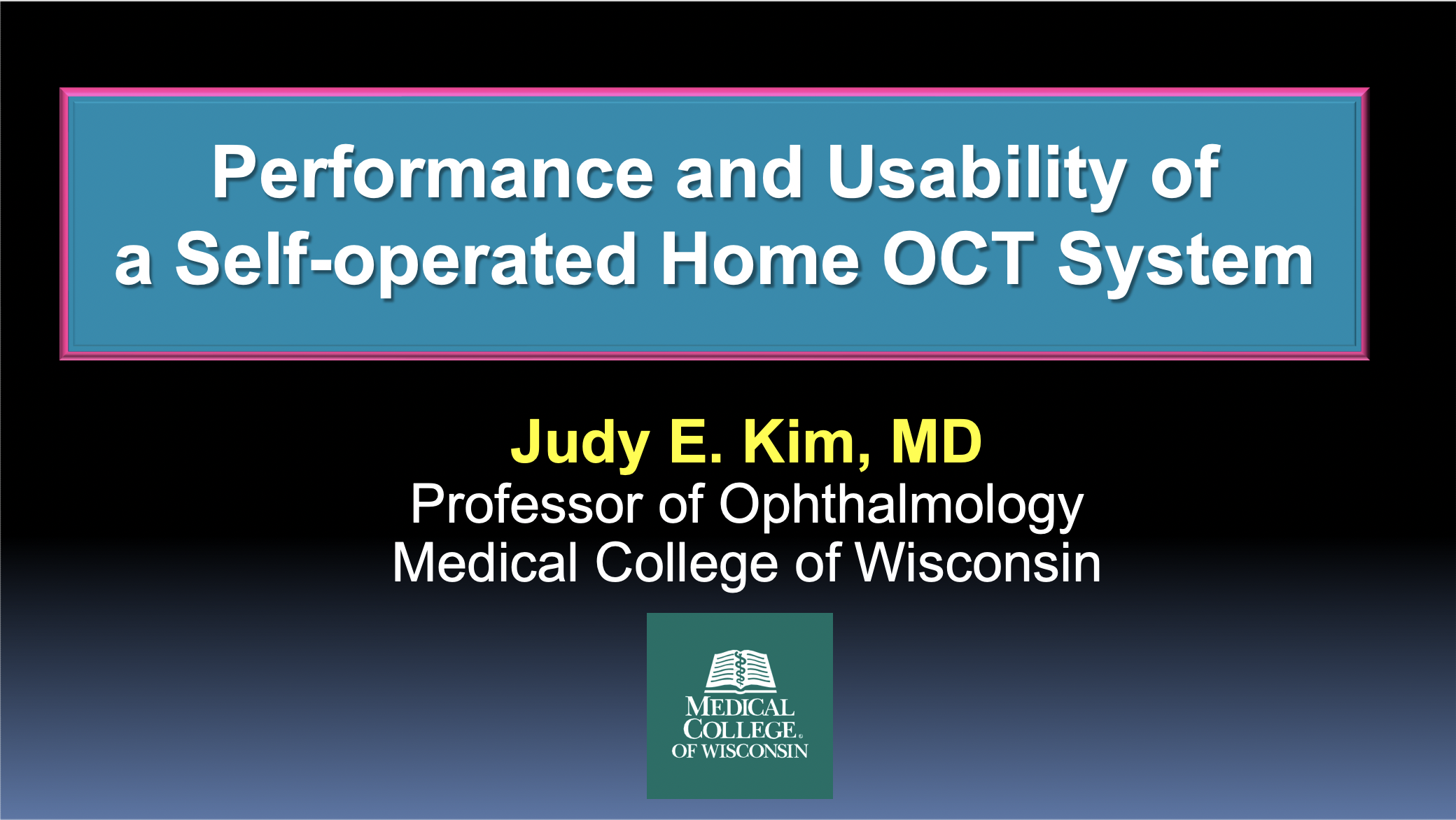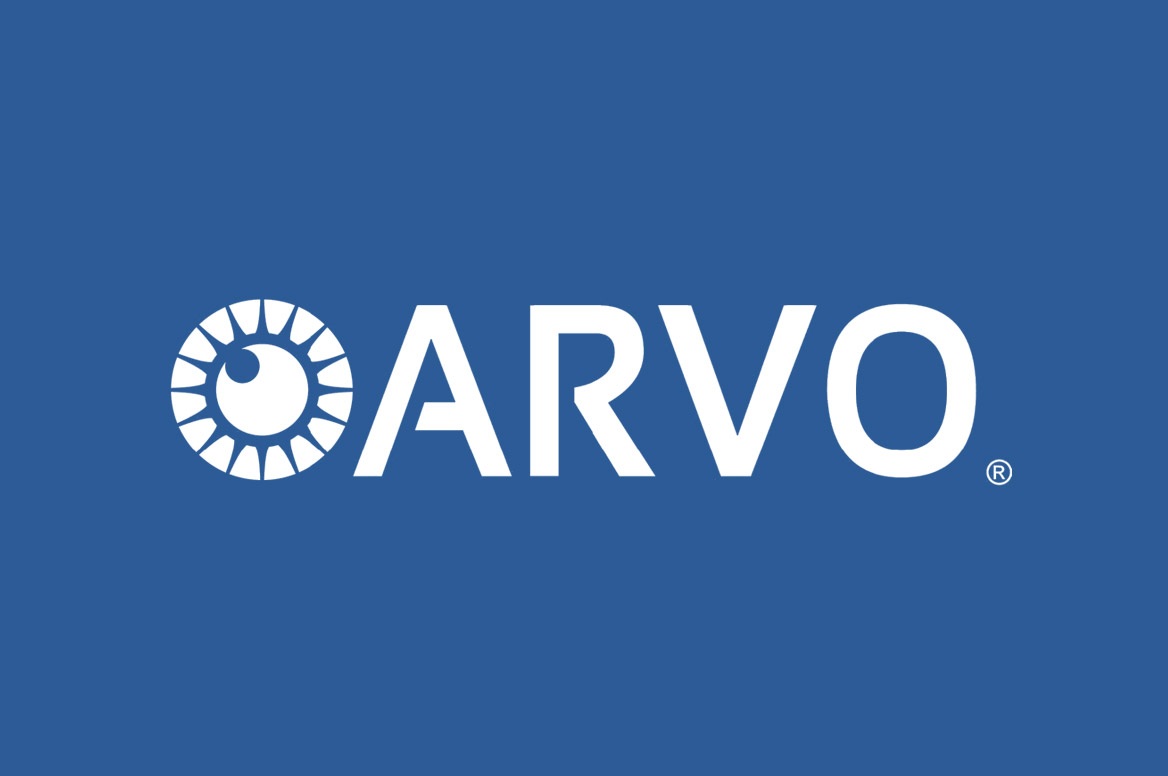Scientific Presentations

A Novel AI-Based Algorithm for Quantifying Volumes of Retinal Pathologies in OCT Scans (ePoster 503)
Notal OCT Algorithm (NOA) is able to detect retinal fluid with high sensitivity and specificity when compared to human graders. The algorithm's volume quantifications of fluid and RPE elevations are highly correlated with those by human graders and its ability to provide volume quantifications of fluid and RPE elevations over time may be a clinically useful tool in evaluating retinal disease status and progression over time.

Home OCT Monitoring: The Future of AMD Management
Judy E. Kim, MDOut of 196 patients in the NOTAL-OCT V2.5 system performance and usability study, 90% could self-operate the device and capture gradable image of their macula. The study demonstrated that elderly patients with intermediate or advanced AMD can effectively self-operate an OCT and that they would consider using it to self-test at home. Home-based OCT testing has the potential to be an adjunct to in-office standard-of-care management and treatment of retinal vascular diseases.

Performance and Usability of a Self-operated Home OCT system
Judy E. Kim, MDOut of 196 patients in the NOTAL-OCT V2.5 system performance and usability study, 90% could self-operate the device and capture gradable image of their macula. The study demonstrated that elderly patients with intermediate or advanced AMD can effectively self-operate an OCT and that they would consider using it to self-test at home. Home-based OCT testing has the potential to be an adjunct to in-office standard-of-care management and treatment of retinal vascular diseases.

Comparison Between Retinal Images Captured by a Self-Operated, Home-based Optical Coherence Tomography (OCT) System and Commercial OCT Systems
Oren Tomkins-Netzer, MD, PhD & Michael J. Elman, MDThe majority of patients in the study were able to successfully self-operate the NOTAL-OCT V2.5 system and obtain OCT images of their own AMD affected eyes. Images captured using the patient self-operated NOTALOCT V2.5 demonstrated 92% sensitivity and 97% specificity to the technician-administered commercial OCT devices. This user-friendly OCT system designed for at-home, technician-free use has the potential to reach image sensitivity and specificity similar to a commercial OCT, and to support regularly scheduled standard-of-care clinical assessments and treatments by ophthalmic specialists.

Patient Experience Self-Operating an Optical Coherence Tomography (OCT) Device Developed for Home Use
Michael J. Elman, MDThe usability study demonstrates that elderly patients with intermediate or advanced AMD can effectively self-operate an OCT and that they would consider using it to self-test at home. This home-based OCT testing has the potential to be an adjunct to in-office standard-of-care management and treatment of retinal vascular diseases such as wet AMD, diabetic macular edema, and diabetic retinopathy.
SCANLY Home OCT FDA Intended Use
SCANLY Home OCT has not been approved by FDA for use other than described in the following Intend Use: The Notal Vision Home Optical Coherence Tomography (OCT) System is an Artificial Intelligence (AI)-based Home Use device indicated for visualization of intraretinal and subretinal hypo-reflective spaces in a 10 by 10-degrees area centered on the point of fixation of eyes diagnosed with neovascular age-related macular degeneration (NV-AMD). In addition, it provides segmentation and an estimation of the volume of hypo-reflective spaces. The Notal Home OCT device is intended for imaging at home between regularly scheduled clinic assessments and not intended to be used to make treatment decisions or replace standard-of care regularly scheduled examinations and clinical testing as needed, including in-office imaging and assessments for changes in vision, by an ophthalmologist.
See also Warnings and Precautions.
ForeseeHome FDA Intended Use
ForeseeHome has not been approved by FDA for use other than described in the following Indication for Use: The ForeseeHome is intended for use in the detection and characterization of central and paracentral metamorphopsia (visual distortion) in patients with age-related macular degeneration as an aid in monitoring progression of disease factors causing metamorphopsia including, but not limited to choroidal neovascularization (CNV). It is intended to be used at home for patients with stable fixation.
